The Astrological Ages
A New Way to View History
August 2023
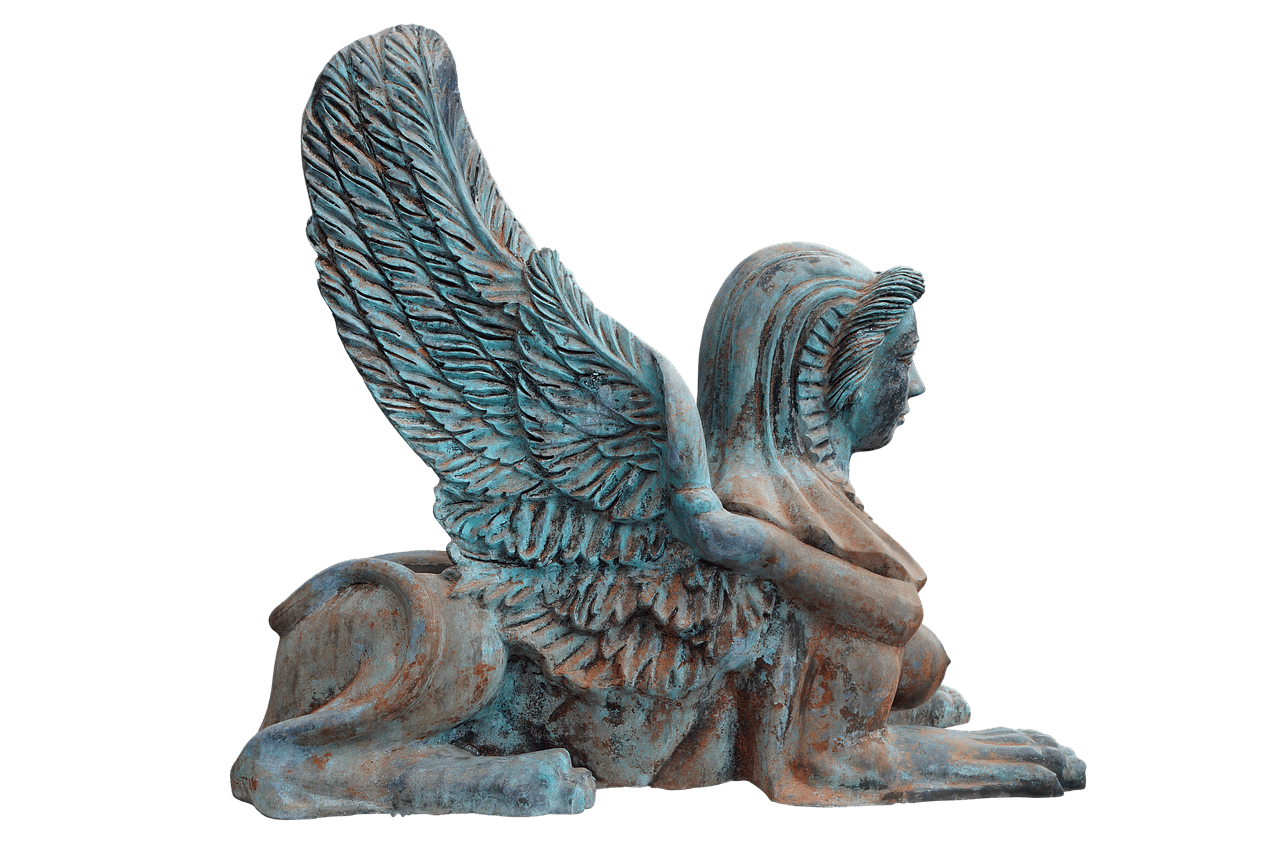
Astrology is normally used to understand more about ourselves and global events. However, it is less often used to analyze our ancient past. In this article, we'll use the astrological ages to understand more about the societal shifts, cultural transformations, and technological advancements we experienced over the past 12,000 years.
The astrological ages have an average length of about 2,160 years. They are determined by what constellation the Sun is in during the vernal equinox. For example, when the Sun is in the sign of Pisces during the vernal equinox it is considered the age of Pisces. These periods reflect a symbolic "theme" represented by the astrological sign the Sun is in during that time. If Pisces is about receptivity and compassion, then the age of Pisces suggests that we will see themes corresponding to those qualities during that time.
The dates we will use for the ages are derived using true sidereal astrology, which takes into account the actual size of the constellations. The constellation boundaries are determined using the midpoints between the constellations. Dates are rounded to the nearest century and accurate within 3 degrees, or around 250 years.
The goal of this article is to draw correlations between the ages and what we know about those periods according to modern anthropology. By using the ages as a tool we can better understand what we know about these periods, as well as adjust or challenge our existing frameworks.
Age of Virgo (13900 B.C. - 10300 B.C.)
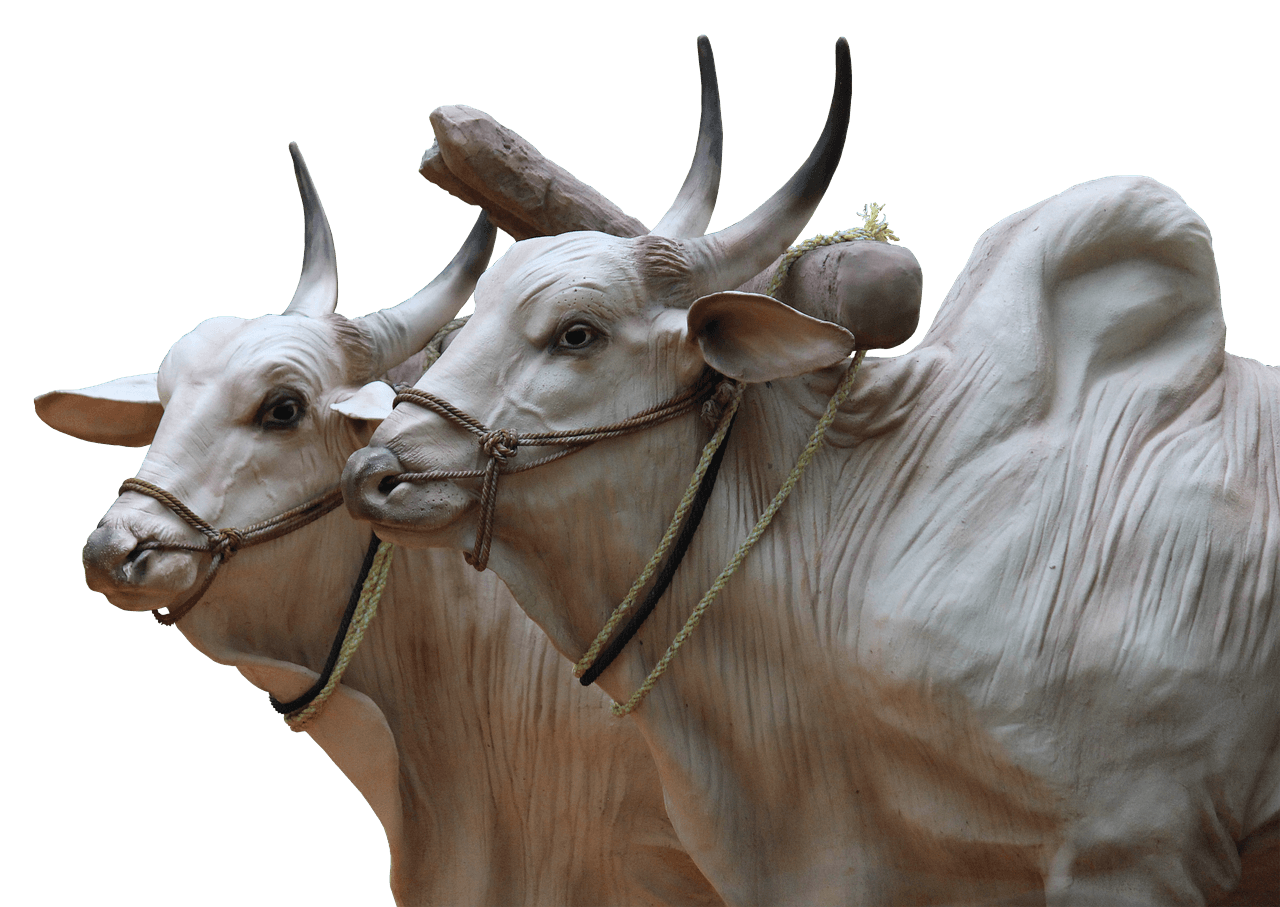
The age of Virgo heralded the epoch of 'the harvest'. The sign of Virgo is associated with organization, meticulousness, and a focus on practicality. This was reflected in the first glimmers of human innovation around agriculture and animal husbandry.
Mainstream archeology dates the development of agriculture around 10,000 B.C. However, this dating might merit re-evaluation in light of the age beginning around 14,000 B.C. If Virgoan traits indeed gave rise to these practices, it might imply that agriculture's roots stretch deeper into prehistory than previously thought.
In the Virgo age, we also see the genesis of the communal lifestyle, a shift away from the individualistic nomadic existence. The need for collective farming and shared resources could have engendered societal structures and resource management, reflecting Virgo's organizational aspect. The domestication of animals also indicates a Virgoan trait - shaping and controlling nature for human advantage.
The development of primitive tools, specifically related to farming, reflects Virgo's problem-solving and practical orientation. Rudimentary farming tools made from bone and stone could have been more prevalent and sophisticated during this period, accelerating agricultural practices.
Age of Leo (10300 B.C. - 7600 B.C.)

Leo, a fire sign, symbolizes creativity, self-expression, and leadership. It also signifies the Sun, life, and vitality. The age of Leo could have been a period marked by an explosion of cultural creativity and advancements in social organization.
The mainstream archaeological understanding of this period primarily pertains to the Neolithic Revolution. This period saw a significant surge in human societal development - settlements grew into villages and small societies. The necessity of governing these societies could correspond to the Leo trait of leadership.
Art and cultural expression could have seen a dramatic upturn in the age of Leo. Stone paintings and carvings found globally that date from this period could represent the Leo influence of self-expression. This surge of creativity may also be manifested in the proliferation of symbolic and religious artifacts, which hint at the early development of structured belief systems.
Age of Cancer (7600 B.C. - 6200 B.C.)

Cancer is a water sign associated with home, family, and nurturing. Its symbolic traits may be reflected in the societal developments during this age. This period is typically viewed as a time when societies started to settle permanently, building stable homes and focusing on familial ties.
Mainstream archaeology recognizes this period as part of the Neolithic age, marked by the emergence of pottery, continued development of agriculture, and the rise of the first cities. The construction of permanent dwellings represents the Cancerian urge for a home and stability.
The age of Cancer might also correspond to the first domestication of crops and livestock. The nurturing aspect of Cancer may have driven these developments, transforming humanity from hunter-gatherers to cultivators and caretakers of nature.
Pottery's invention, as a means of storing and cooking food, indicates a settled lifestyle and the development of home-making skills - another reflection of the Cancerian influence. Pottery also became an art form, suggesting a deepening of cultural expression.
Age of Gemini (6200 B.C. - 4300 B.C.)

The age of Gemini is associated with communication, information exchange, and intellectual curiosity. During this age, the first writing systems might have been developed, reflecting Gemini's communicative influence.
Traditionally, the history of writing begins around 3200 B.C. with the advent of cuneiform in Sumer. However, proto-writing systems, such as the Vinča symbols, could date back to the Gemini age, suggesting that the first seeds of written communication were sown much earlier than generally accepted.
The Gemini Age also saw the expansion of trade networks, an extension of Gemini's communication traits. Trading not only goods but also ideas and cultural practices across regions would have led to the mingling and fusion of cultures and the rapid spread of innovations - again echoing Gemini's role as a connector and communicator.
The development of advanced technologies, like plows and wheel-based transportation, also indicates Gemini's curiosity and innovation. These technological advancements would have spurred societal growth, cultural exchange, and the spread of ideas - all hallmarks of the age of Gemini.
Age of Taurus (4300 B.C. - 1700 B.C.)
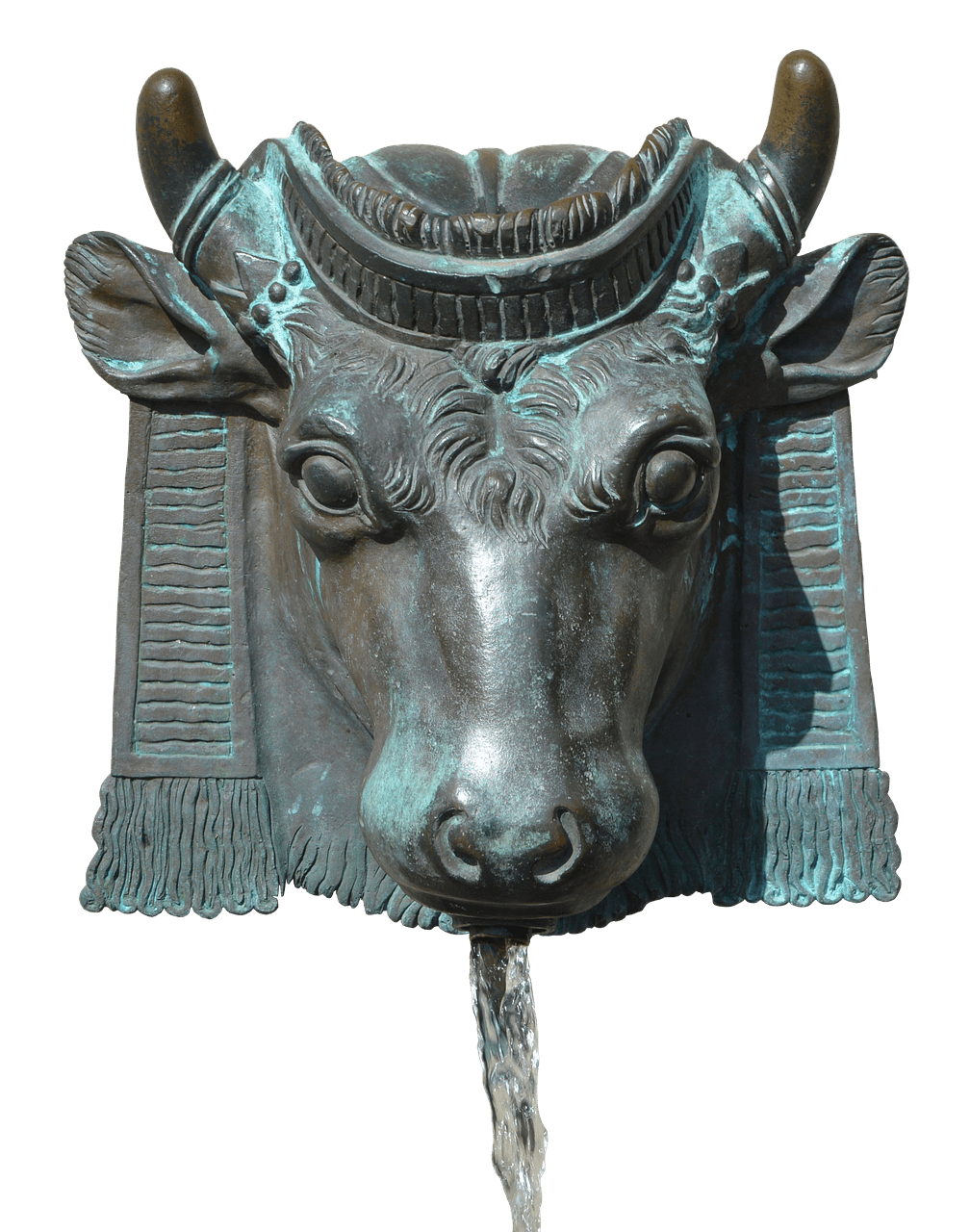
The age of Taurus, an earth sign ruled by Venus, is characterized by an appreciation for beauty, stability, and material wealth. It could correlate with the flourishing of early civilizations and the growth of art, culture, and the material aspects of human life.
The Bronze Age falls within this period in mainstream history, marked by advancements in metalworking and the proliferation of trade networks. These technological and economic developments echo Taurus's association with material growth and wealth accumulation.
The rise of early civilizations, such as the Sumerians, Egyptians, and the Indus Valley, also marks this period. The stability and resilience embodied by Taurus could have fostered these societies' growth, leading to increased agricultural productivity, infrastructural development, and wealth accumulation.
The construction of lasting monuments such as the Egyptian pyramids and Stonehenge could also align with the Taurean trait of permanence and appreciation for grandeur. These structures might have served not just as religious or astronomical tools, but also as expressions of societal wealth and power, underscoring Taurus's focus on material prestige. Bull symbolism was also prevalent during this period.
Age of Aries (1700 B.C. - 200 B.C.)
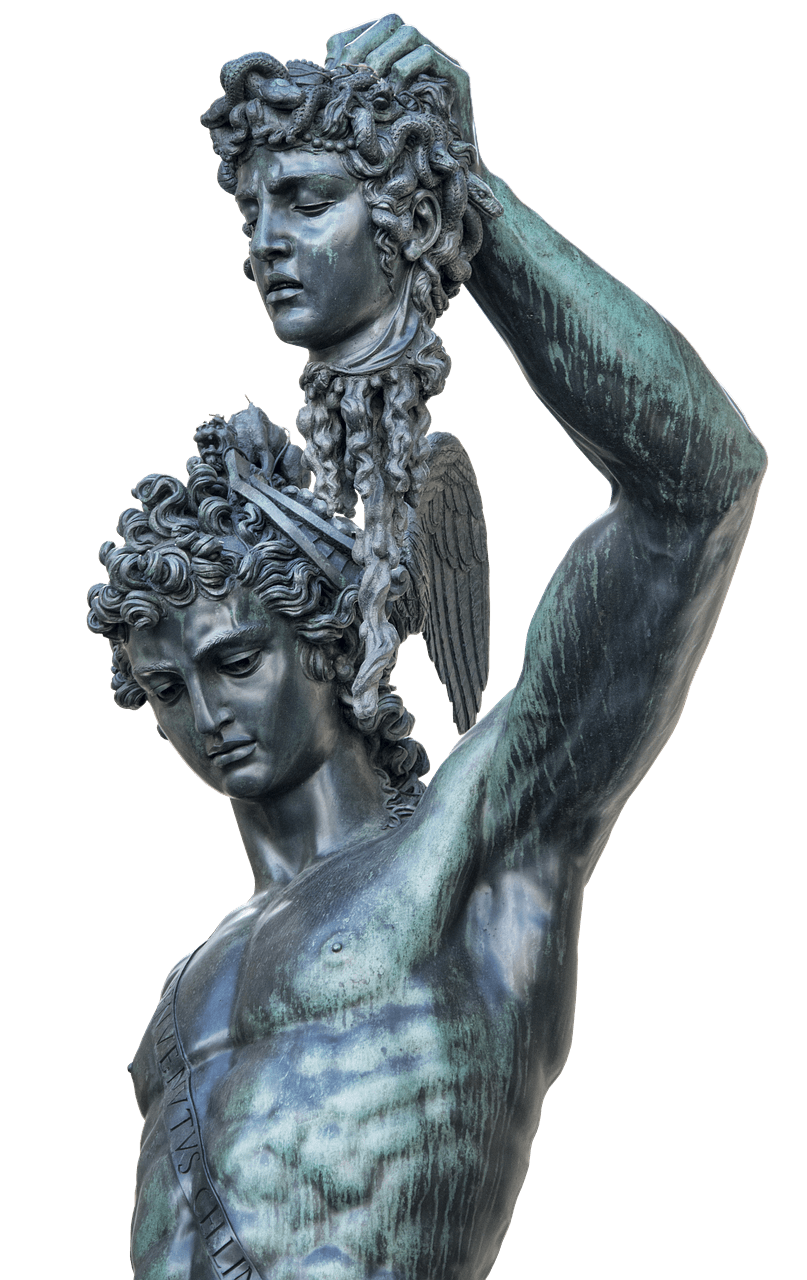
Aries, a fire sign ruled by Mars, is characterized by boldness, pioneering spirit, and a penchant for action. This age could have seen significant military advancements, territorial expansion, and a shift toward more aggressive societal structures.
During the age of Aries, several powerful empires, including the Assyrians, Persians, Greeks, and Romans, rose to prominence. Mainstream history during this period is characterized by territorial conquests and the spread of cultural and political influence. These aggressive, expansionist tendencies align with Aries' martial and pioneering spirit.
This period also saw significant advancements in military technology, from the development of iron weapons to the creation of advanced tactical formations like the Greek phalanx and the Roman legion. Such advancements could be linked to Aries traits of competition and desire for dominance.
Finally, the emergence of monotheistic religions, like Zoroastrianism and later Judaism, suggests a significant shift in spiritual practices. This might align with Aries' focus on the self and the singular, moving away from the polytheistic practices that characterized earlier ages. Ram and sheep symbolism was also prevalent.
Age of Pisces (200 B.C. - Present)
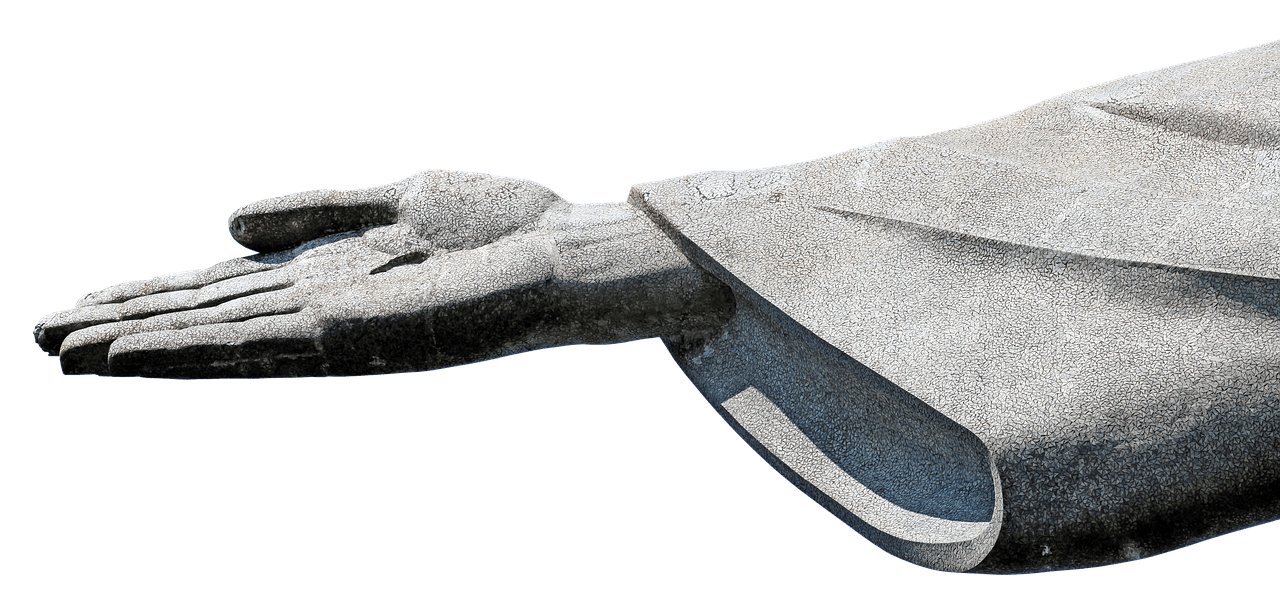
Pisces, a water sign ruled by Neptune, is associated with spirituality, compassion, and the dissolution of boundaries. The age of Pisces could correlate with a rise in spirituality and the blurring of cultural, societal, and even personal boundaries.
The advent of Christianity and later Islam during this period marked significant shifts in religious practices. The focus on compassion, forgiveness, and spiritual unity embodied by these religions aligns with Piscean ideals.
This period also saw the continued rise and spread of empires, leading to the intermingling and fusion of cultures, reflecting Pisces' trait of boundary dissolution. The spread of the Roman Empire, for example, led to the assimilation and integration of various cultures under one political entity.
The Renaissance and the Age of Enlightenment, characterized by a renewed interest in the arts, sciences, and individual human rights, could reflect the Piscean trait of dreaming and idealism. These periods marked significant advancements in human thought, emphasizing empathy, curiosity, and the exploration of new ideals.
Summary
This article's exploration of astrological ages and corresponding historical periods provides a new way to perceive and interpret human evolution. Each astrological age, imbued with its unique symbolic characteristics, seems to correspond to distinct epochs of cultural, societal, and technological shifts.
From the Virgoan onset of agriculture to the Leo-ruled cultural and leadership advancements, each age marks distinct phases of our human story. The Cancer Age signifies the advent of structured society, while the Gemini period represents the dawn of communication and information exchange. The Taurean saw a boom in civilization and cultural aesthetics, while the Aries period marked military advancement and empire expansion. Finally, the ongoing Piscean age might be characterized by spiritual growth and the cultivation of our ideals.
In challenging mainstream historical timelines, the correlation between astrological ages and historical development encourages a multidisciplinary approach to understanding our past. By doing so, we cultivate a more nuanced, vibrant understanding of human history.